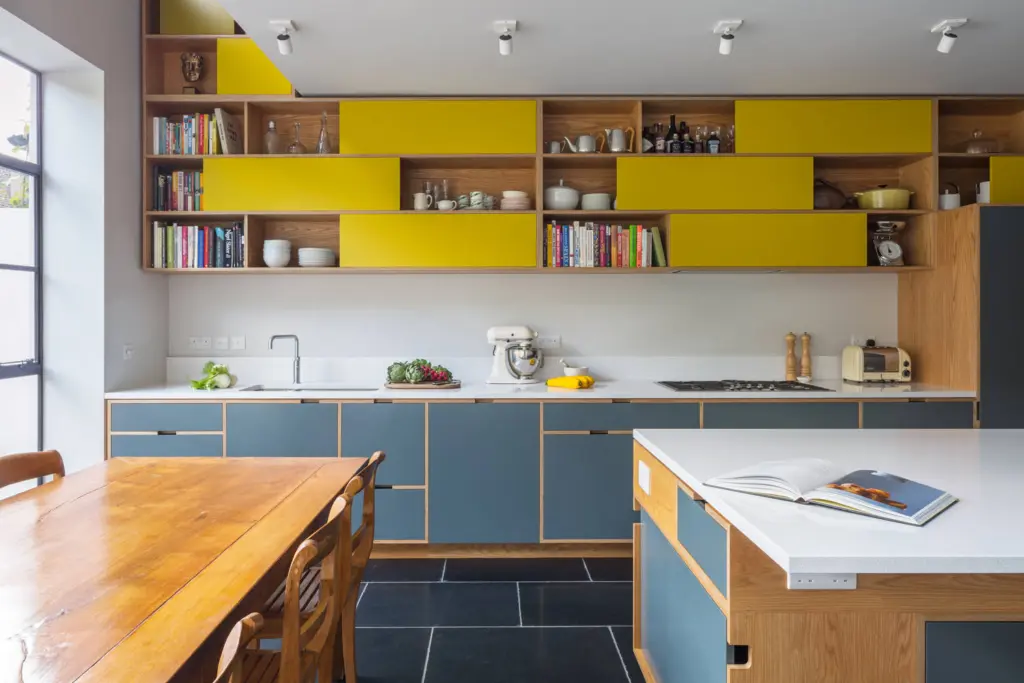In the realm of contemporary interior design, the concept of inclusivity has sparked a transformation, leading to a more compassionate and considerate approach to crafting spaces that cater to the diverse needs of individuals.
One area that has garnered significant attention in this regard is the bathroom. Bathroom Remodeling often pose accessibility challenges for those with mobility impairments or the elderly. This article aims to explore the intricacies of designing an inclusive bathroom environment that seamlessly blends aesthetics with functionality, ensuring a secure and welcoming space for every individual.
Creating an inclusive bathroom requires meticulous planning and precise execution. It involves not only aesthetic considerations but also addressing the specific needs of various user groups. The focus is on selecting appropriate fixtures and finishes while designing for optimal comfort and accessibility. The goal is to transform this utilitarian space into a haven of relaxation and ease.
With a deep understanding of construction techniques and a keen insight into accessible design principles, this article provides invaluable guidance on how to effectively undertake this endeavor. It seeks to raise awareness about inclusive design among readers embarking on their renovation projects or professionals looking to expand their knowledge in this vital aspect of interior architecture.
Designing for Accessibility and Comfort
Designing for accessibility and comfort in an inclusive bathroom remodeling is akin to crafting a tapestry, where each thread represents a design element catering to the diverse needs of individuals. These elements ensure both physical ease and psychological comfort, resulting in a successful and holistic design.
A successful design incorporates aspects such as ergonomics, material selection, layout efficiency, and aesthetics into a harmonious blend that transcends mere functionality.
Ergonomics focuses on creating spaces that are well-suited to the people who use them. It involves features like grab bars or adjustable-height fixtures to accommodate individuals with varying physical abilities.
Material selection is paramount for safety and durability. Slip-resistant flooring materials reduce the risk of falls, while antimicrobial surfaces mitigate health hazards.
An efficient layout is another critical aspect of inclusive bathroom design. This entails the strategic placement of fixtures and amenities to ensure optimal usability while minimizing physical effort.
For example, positioning toilets at an appropriate distance from walls or obstacles allows easier access for wheelchair users or individuals using assistive devices. Similarly, sinks set at varying heights accommodate both standing users and those in wheelchairs.
To enhance inclusivity further, universal design principles such as clear floor space, reachable controls, and operable parts should be considered.
Aesthetics also play a significant role in crafting a secure and inviting environment. Everyone deserves a beautiful space that meets their individual needs. Warm colors create a welcoming atmosphere, while thoughtful lighting enhances visibility without being harsh. Integrating storage solutions not only enhances functionality but also adds visual interest through innovative cabinetry designs or cleverly concealed compartments.
Just as each thread contributes to the beauty and strength of a tapestry, each element of accessible bathroom design contributes to the creation of a safe haven where everyone belongs.
Selecting Appropriate Fixtures and Finishes
The selection of suitable fixtures and finishes is pivotal in creating an environment that accommodates diverse needs, promoting both functionality and aesthetic appeal.
These elements must align with the overall design concept while meeting accessibility standards. This could involve opting for lever handles over doorknobs for ease of use or ensuring that shower controls are accessible from both standing and seated positions. Additionally, choosing non-slip flooring materials can significantly enhance safety without compromising style.
The integration of aesthetics with practicality can result in a harmonious blend that elevates the bathroom space while catering to everyone’s needs. Contrasting colors can be used to delineate different areas visually, aiding those with visual impairments and adding depth to the design. Thoughtfully selected lighting fixtures provide adequate illumination without causing glare or shadows that might hinder those with limited vision. Furthermore, incorporating tactile elements into finishes, such as textured tiles or touch-sensitive switches, enhances usability for individuals who rely heavily on touch.
Amidst this detailed planning and thoughtful decision-making lies one essential principle: inclusivity goes beyond meeting regulations – it’s about creating spaces where everyone feels comfortable and welcome.
Therefore, every fixture, finish, and color scheme should reflect this ethos, working seamlessly together to ensure user comfort while fostering an atmosphere of acceptance and belonging. It’s through this meticulous attention to detail that truly inclusive environments are crafted – spaces where each element serves a purpose beyond aesthetics, contributing to a sense of security and coziness for all users.
Affordable Bathroom Renovation: Budget-Savvy Ideas for a Stunning Space



